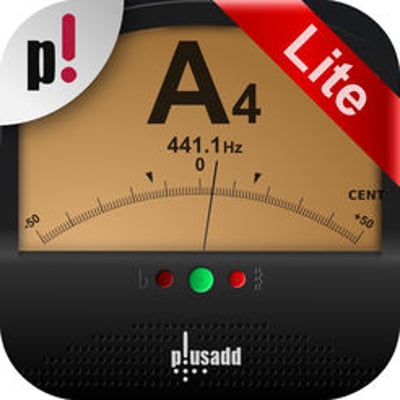Ukulele
In this crate, you'll explore the science, engineering, and history behind ukuleles while building one of your own!

Explore:
- Science of Sound Waves
- History of the Ukulele
- Frequency and Resonance
Behind the design
Peek into the KiwiCo product design studio and the design process behind the Eureka Crate Ukulele.
- Our biggest design challenge was how to build the ukulele without using glue. Most wooden instruments are glued together so the parts make solid contact and vibrate together when you play. But gluing is a long and tough process, and if something goes wrong, it's stuck like that. That's why your uke is bolted — not glued — together!
A Sticky Situation
- We started out using light-weight plastic bolts to hold the ukulele together, but they BUZZED any time the ukulele vibrated. Vibrations are how a ukulele makes music, so we had to come up with something else. We switched to denser metal bolts and the buzz was fixed.
What's the Buzz?
- Can you explain how a musical note sounds without playing it? That's pretty much what we had to do with our written tuning instructions. We tested the steps over and over, especially with folks who'd never touched an instrument before (let alone a ukulele). By the end, even the most tone-deaf of our coworkers could tune successfully. Hope you were able to, too!
Tuning Testing
From your crate
Tuning Apps
We recommend these free apps to tune your ukulele with a smartphone.
Song Samples
If you’re not sure how the songs in your Maker’s Guide are supposed to sound, listen here (and play along)!
Clementine
Aloha 'Oe
Pop Song Progression


